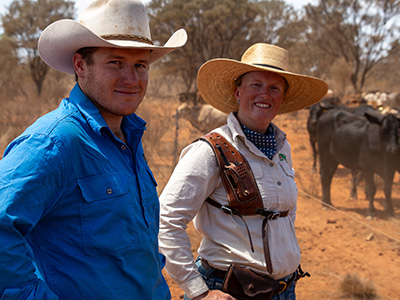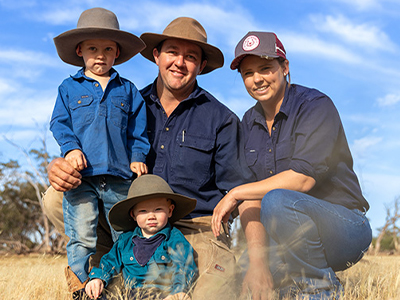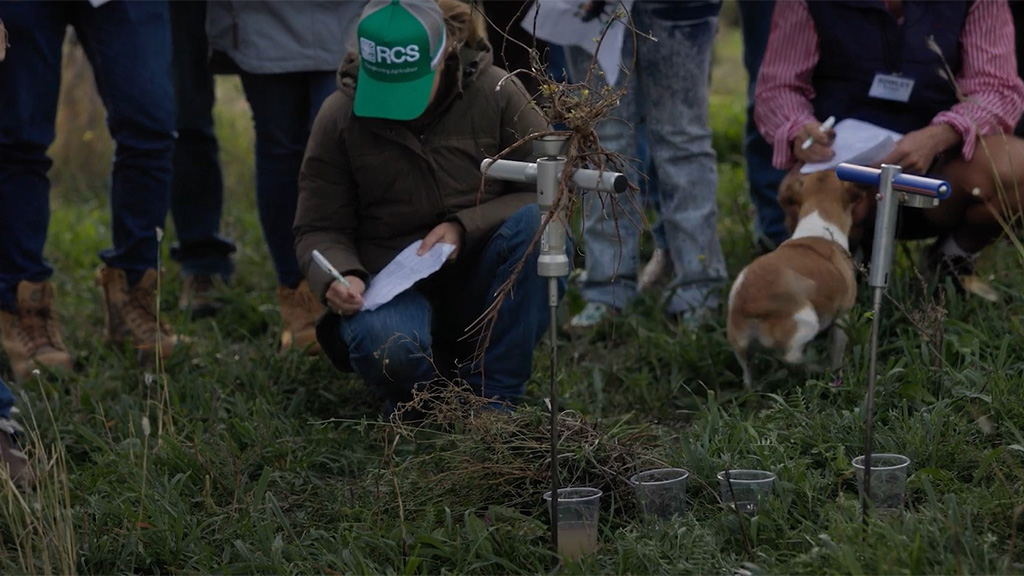It all comes down to building and encouraging biological activity in your soil, especially fungi. We need a fungi to bacteria ratio of 1:1 for our most desirable pastures and row crops. Most agricultural soil is very low in fungi and, just as importantly, humus.
Humus is the substance that is left over after plants and animals have undergone a long process of thorough decomposition done by earthworms, bacteria, fungi, and other microorganisms. It is found in the top few inches of soil. The colour of humus is brown or black, and it has a loose, crumbly, and spongy texture. Humus is a function of soil biological activity.
There are numerous techniques for improving soil function, just make sure the technique you choose focuses on the right area of your soil.
We need to change our thinking from the linear thinking approach to the systems thinking approach. When considering a particular technique, consider the following questions:
- Do I know what I am trying to achieve?
- Is this the right technique for what I am trying to achieve?
- Is it meeting all the RCS Soil Health Principles?
- How will this technique affect all other areas of my operation in both the short term and long term?
Want to know more? We recommend our Regenerative Cropping Workshop.











